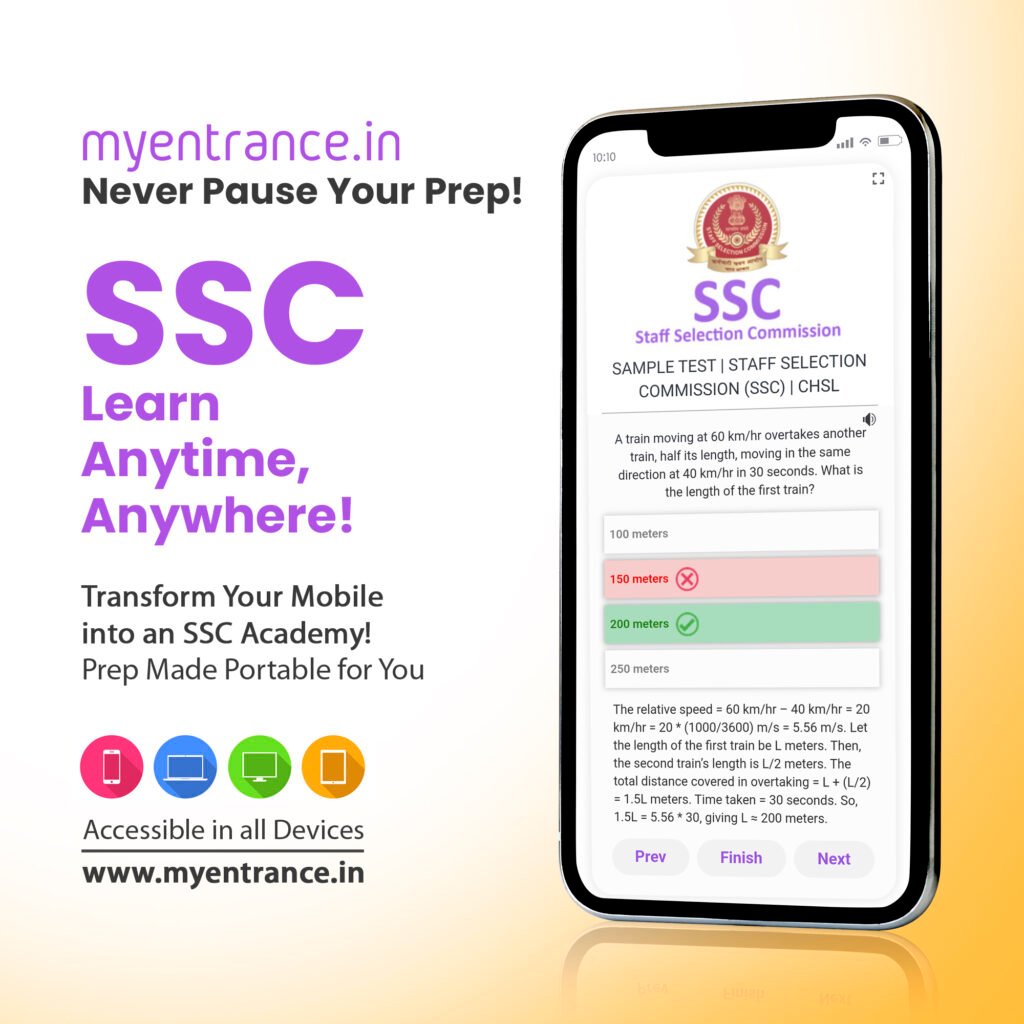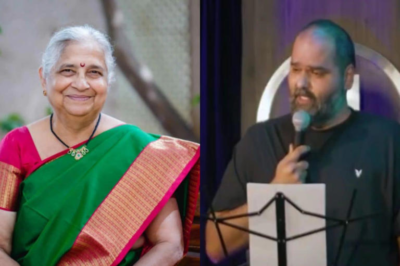
- Demand for ST Status: Six communities in Assam called for a 12-hour bandh, seeking recognition as Scheduled Tribes (ST) to gain social and economic benefits.
- Daily Life Disrupted: Businesses closed, public transport halted, and roads blocked as the protest took over Assam’s Dibrugarh and Tinsukia districts.
- Essential Services Operate: School buses, exam-bound students, and emergency services continued, as organizers balanced protest with essential public needs.
Why Do These Communities Seek ST Status?
What does ST status mean for these communities? The push for recognition as Scheduled Tribes reflects a desire for greater economic opportunity, political representation, and cultural preservation. Six communities—Moran, Matak, Chutia, Koch-Rajbongshi, Tai Ahom, and Tea Tribes—see this designation as a path to secure essential rights, educational quotas, reserved government jobs, and overall better socio-economic conditions. Advocates argue that without ST status, these communities remain economically disadvantaged and vulnerable, despite their cultural and historical significance in Assam.
Impact of the Bandh on Assam’s Daily Life
In Dibrugarh and Tinsukia, the bandh brought life to a halt. Local businesses remained closed, and public transport saw a drastic reduction, forcing many residents to stay indoors. Major roads were blocked, and key commercial centers stayed deserted, underscoring the high participation level in the bandh. This large-scale disruption reflected both the determination of the protesters and the widespread support for ST status among these communities.
A Thoughtful Exemption for Essential Services
Despite the disruptions, the bandh organizers made provisions to ensure essential services continued smoothly. School buses, vehicles transporting students to exams, and ambulances were allowed to operate, minimizing the bandh’s impact on students’ education and emergency services. This exemption demonstrated the protesters’ efforts to balance their demand with respect for public needs, showcasing a level of organization and responsibility.
How Has the Government Responded?
In response to the protests, Assam’s government acknowledged the demands but emphasized that granting ST status requires in-depth review and discussions with the central government. Officials encouraged a continued dialogue, hoping to find a way to address the grievances without disrupting social harmony. However, community leaders appear firm in their stance, signaling a prolonged push if the demands are not met with definitive actions.
A Sign of Broader Socio-Political Shifts?
The bandh highlights Assam’s evolving socio-political landscape, as more communities assert their right to equitable representation. This protest is not just a call for ST status but a reminder of the broader issues faced by indigenous and marginalized groups across the state. As discussions progress, the focus will remain on balancing these communities’ aspirations with the region’s diverse challenges, seeking a fair and inclusive path forward for Assam.




































Leave a Reply